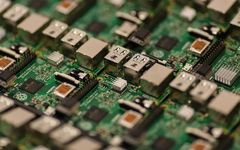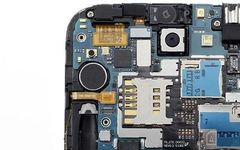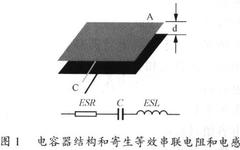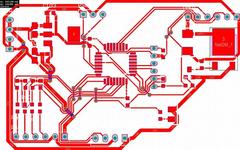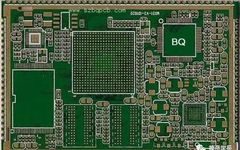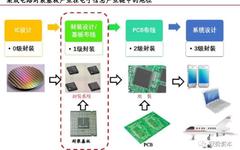Top 10 Technical Terms to Learn PCB!
With the development of the times, more and more people choose to become electronic engineers. When starting to learn PCB design, it is necessary to be exposed to a large number of technical terms and knowledge. This process must lay a solid foundation. This article will share ten industry terms, hoping to help everyone. 1. … Read more
